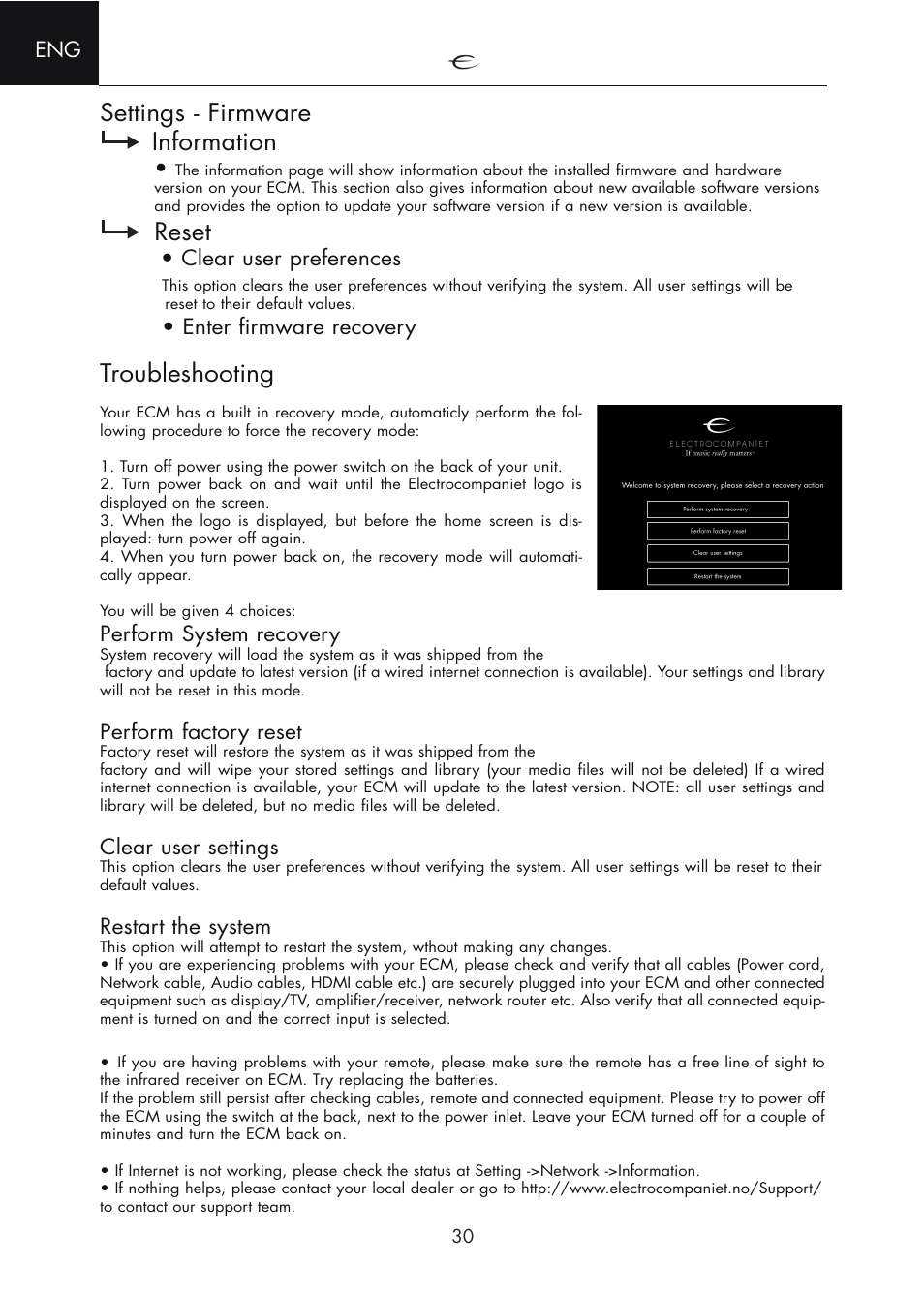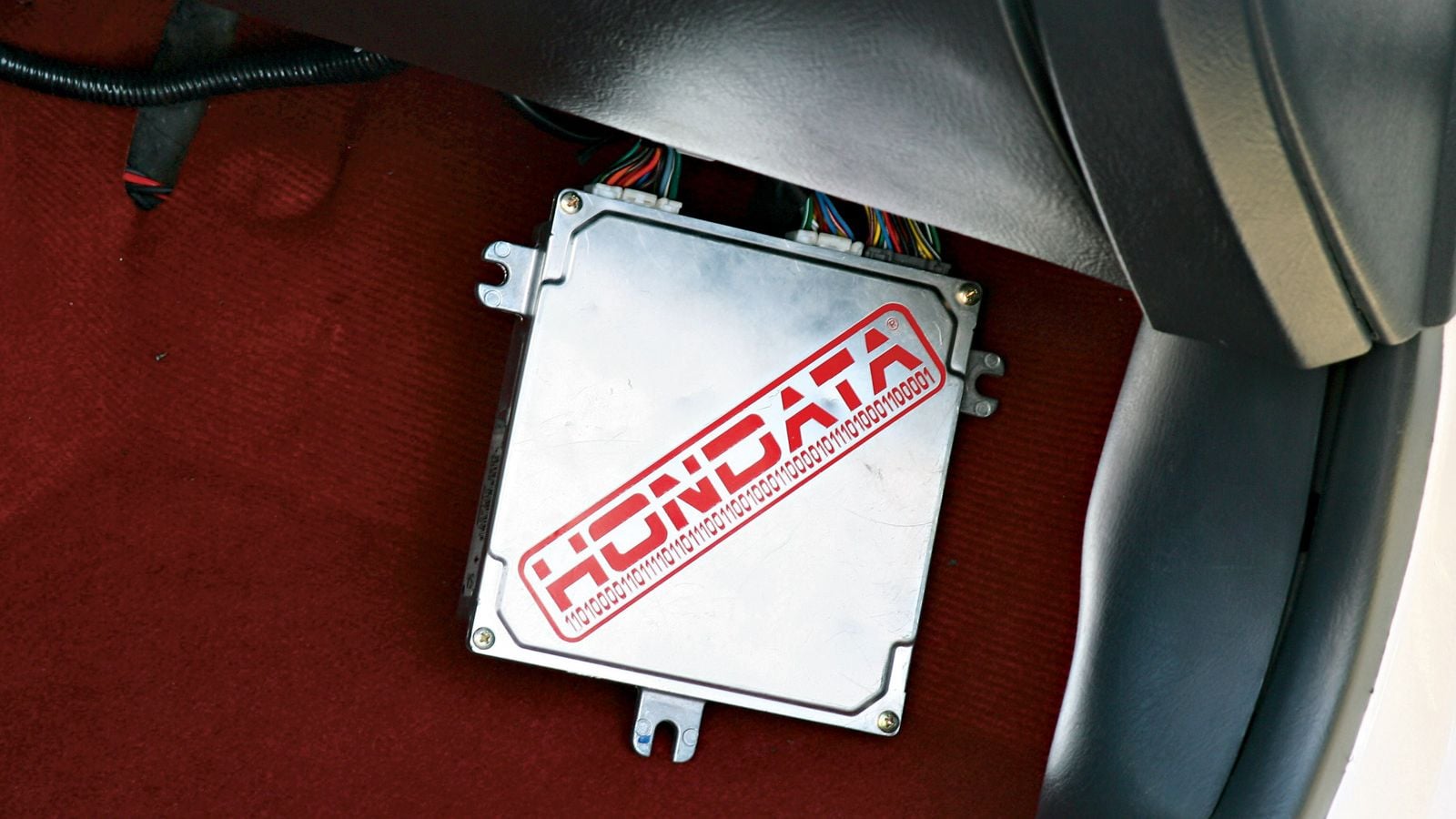

Process of the Cu CF can be precisely modeled by considering the mutualĬonstructive interference or the competition between the Joule heating andĮlectric field effects for the rupture and rejuvenation of the Cu CF. Or even cylindrical one by adopting a high Icc value (≈30 mA).

The Cu CF configuration is varied from the conventional conical one for a small compliance current (Icc, ≈1 mA) to the hourglass Joule heating and electric field effects in the Pt/TiO2/Cu ECM cell, which canĮxplain the switching behaviors both in accordance and discordance with theĬonventional ECM theory. This work elucidates the detailed switching model based on theĬu conducting filament (CF) configuration and the interplay between the High density resistance switching random access memory or neuromorphicĭevices. The electrochemical metallization (ECM) cell is a feasible contender for According to the conventional ECM theory,ĭue to its redox reaction based characteristics, only bipolar To the incumbent ECM reset mechanism theory have been These factors contribute not only to the initiation location of the filament growth but also to the consequent Image of growth and rupture of conducting filament have been

With the aid of in situ transmission electron microscopy (TEM)Īnd conductive atomic force microscopy techniques, real-time Material parameters, such as the type of electrolyte materialsĪs well as the cati on/electron mobility and its redox rate. These studies revealed that theįilament growth can be extensively influenced by the detailed The reset polarity but also the filament geometry, have beenĭiscovered in recent years. However, counterarguments against theĬonventional ECM filament forming theory, covering not only Idea that a conical-shaped filament grows from the cathode/Įlectrolyte interface toward the active electrode (anode) and thatĮCM devices show bipolar resistive switching (BRS) has been Model based on the redox reaction of active metal atoms, the Metal atoms at the filament tip near the active metal electrode. (HRS), which is most probably mediated by the oxidation of the The bias polarity is reversed, a reverse reaction occurs, and the device turns back to a high resistance state State becomes a low resistance state (LRS), Through them, thus, the device resistance The migrated metal cations receiveĮlectrons at the cathode (inert metal)/electrolyte interface, and are reduced to metal The solid electrolyte layer when a positiveīias is applied to the active metal electrode. Is critically involved in the redox reaction of CF formation and rupture in ECM

Resistive switching devices, the active metal Xing Long Shao, Dae Eun Kwon, Yu Min Kim, and Cheol Seong Hwang*Ītoms, typically Ag and Cu, are responsibleįor the resistance switching. Hae Jin Kim, Kyung Jean Yoon, Tae Hyung Park, Han Joon Kim, Young Jae Kwon,


 0 kommentar(er)
0 kommentar(er)
